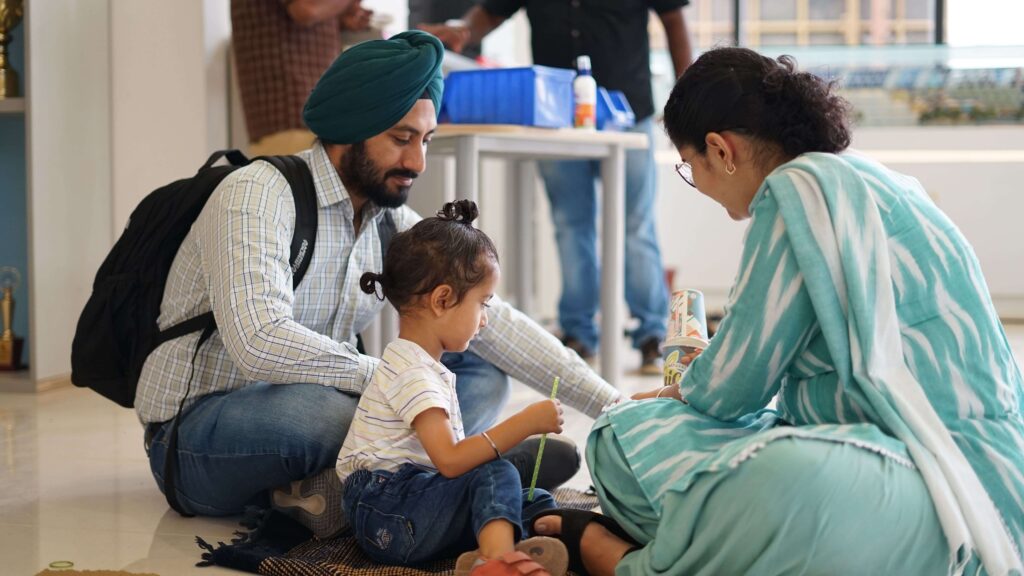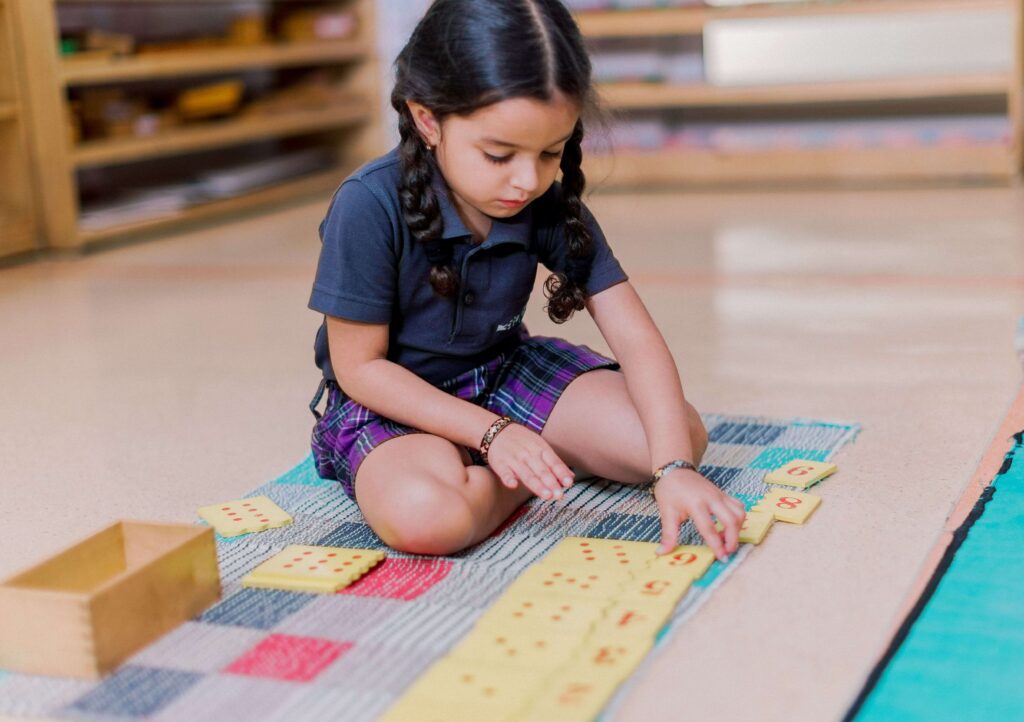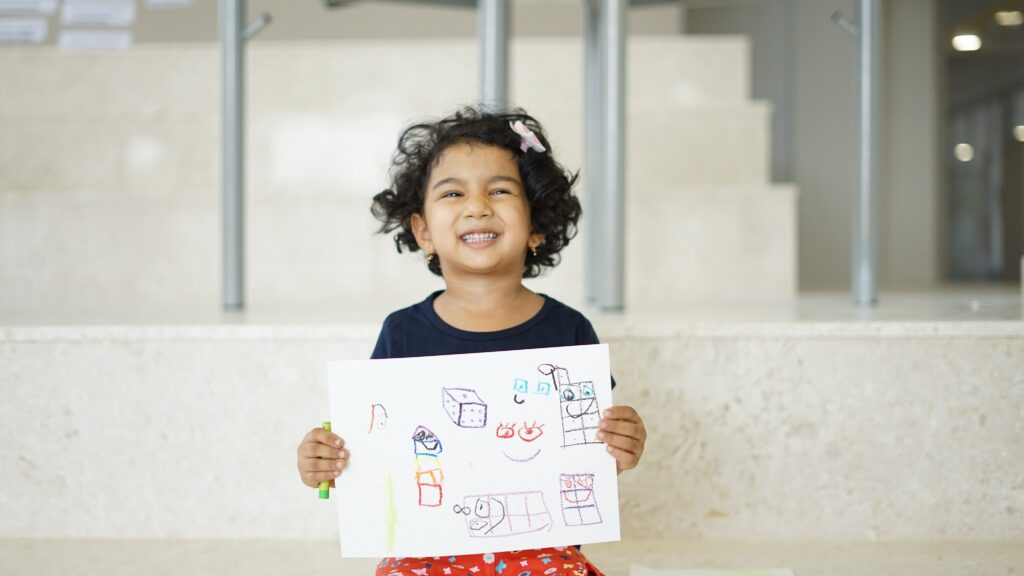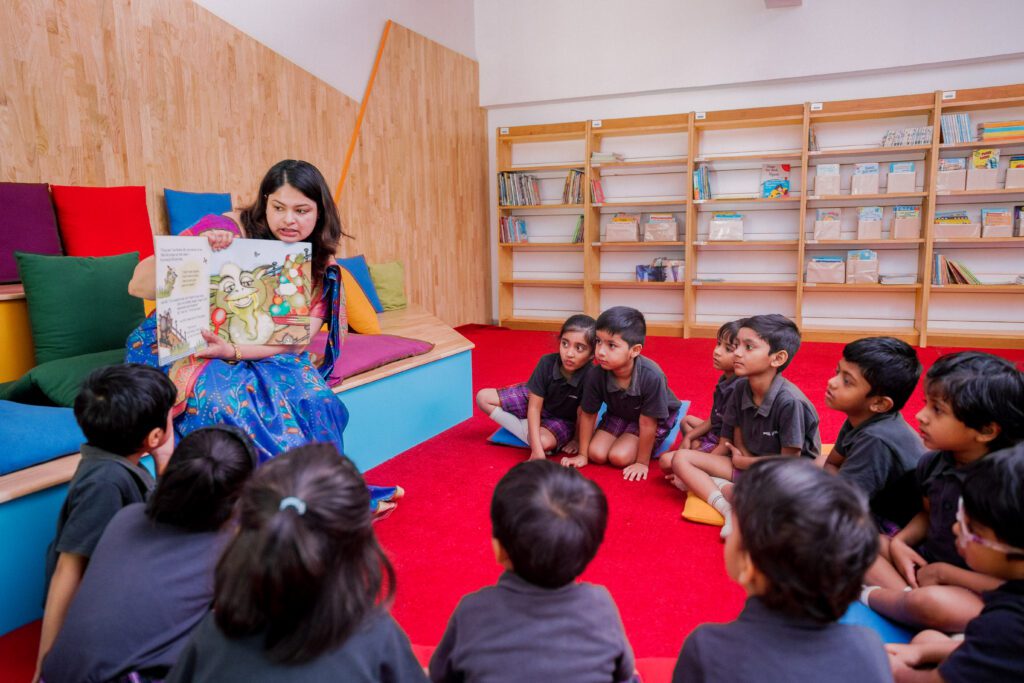The Alphabet Adventure: Learning Through the Joy of Reading
“I think books are like people, in the sense that they’ll turn up in your life when you most need them.” ― Emma Thompson Right from the era of Austen and paperbacks to the current age of Kindles and ebooks; books have been a constant source of knowledge that brings people together leading them to their respective road to success. The essence of reading has been embedded into the curriculum of both, traditional and international schools in Bangalore; Ekya NAVA being one of them. At Ekya NAVA, learning takes a new path- where learners and educators together discover and explore their creative horizons by developing a love of reading. It follows the visionary approach of CMR Group of Institutions and Ekya schools with the purpose of empowering young minds through its research-driven curriculum and purpose-based learning pathways One effective way they cultivate this love is through structured library periods and engaging author visits, which serve as catalysts for a lifelong reading habit. The Importance of Library Periods Library periods in Montessori schools are designed to provide children with dedicated time to explore a diverse array of books. During these sessions, teachers accompany students, guiding them through the selection process and helping them discover stories that resonate with their individual interests. This hands-on approach not only makes the experience enjoyable but also encourages children to develop a sense of autonomy in their reading choices. In many Montessori schools in Bangalore, like Ekya Early Years and Ekya Nava, library periods are more than just book borrowing sessions; they are interactive experiences. Educators engage students in discussions about their favourite books, fostering a community of readers who share their thoughts and recommendations. This collaborative environment nurtures a culture of reading and allows children to see the value of literature as a shared experience. At Ekya Nava, for instance, library hours are thoughtfully integrated into the curriculum. Educators accompany students to the library, where they curate age-specific collections that spark curiosity and imagination. By offering personalised guidance during these periods, learning at Ekya Nava ensures that every child finds a book that captivates their attention and makes reading an exciting adventure. The Magic of Author Visits Another significant component of cultivating a love of reading at an early age is the organisation of author visits. These events provide students with the unique opportunity to meet the creators of their favourite stories, transforming the act of reading into a dynamic and engaging experience. When authors share insights about their writing process and the inspiration behind their works, they ignite a spark of creativity in young minds. Author visits also encourage children to ask questions, express their thoughts, and engage in meaningful conversations about literature. These interactions help demystify the writing process and inspire students to see themselves as potential authors. This is a valuable lesson that many IGCSE schools in Bangalore and international schools in Bangalore also incorporate into their reading programs. At Ekya Nava, author visits are an integral part of the reading curriculum. The school regularly invites esteemed authors to interact with students, creating an atmosphere of excitement and inspiration. During these sessions, children not only learn about storytelling but also gain insights into the importance of creativity and expression. Such initiatives reinforce the idea that reading is not just a solitary pursuit but a shared journey of discovery. Building Lifelong Readers The combined impact of library periods and author visits in Montessori schools is profound. By providing structured opportunities for exploration and interaction, these schools lay the foundation for a lifelong love of reading. Engaging with books in a supportive environment enhances vocabulary, boosts comprehension, and nurtures critical thinking skills, which are essential for academic success. Ekya Nava and other Montessori schools in Bangalore, , recognize that developing a habit of reading is crucial for shaping well-rounded individuals. The continuous support from educators, coupled with the excitement of author interactions, ensures that children are not just reading—they are developing a genuine passion for literature. In conclusion, cultivating a lifelong love of reading in your child is an invaluable gift. Montessori schools in Bangalore, with their focus on engaging library periods and inspiring author visits, create environments where children can thrive as readers and thinkers. By choosing such schools, you are investing in a future where your child embraces the joys of reading and all the possibilities it brings.










